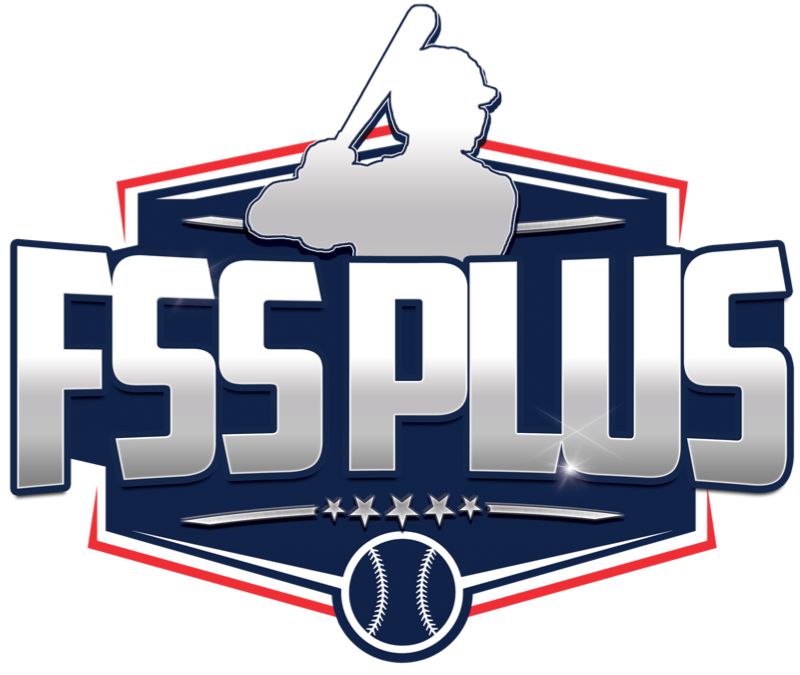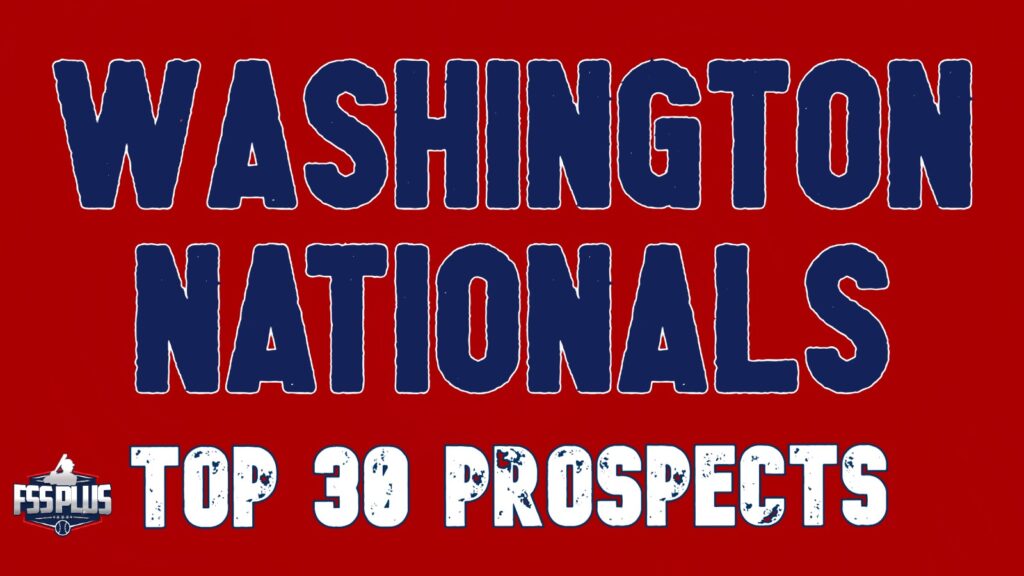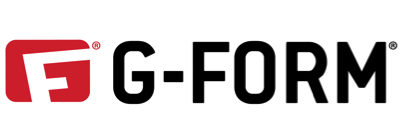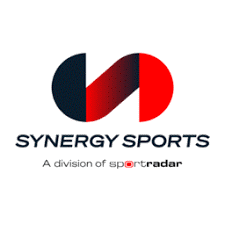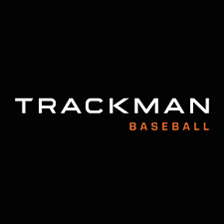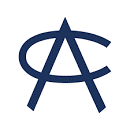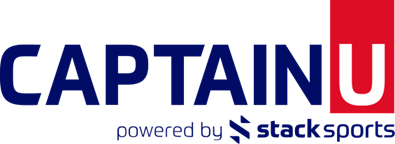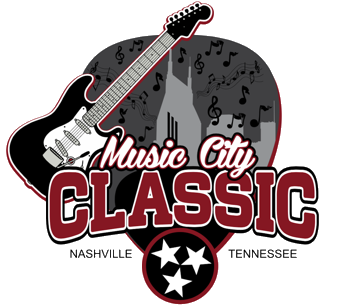The 2024 Preseason Top 30 lists are built around the idea of certainty and future Role. Similar to industry projection systems such as Future Value (FV), Overall Future Potential (OFP), and Grade, Role is a way to describe to what degree a player will add value to his organization at peak.
Our scale is a bit more conservative than other grading systems. We take into account recent seasonal performance, proximity to impact, metric/data analysis, and industry conversations to build a case for the most likely outcome for any given player.
It is important to note these Role labels are fluid and can change as a player moves up the developmental ladder. It is not uncommon for a player to change his role projection over the span of even one month. Players jump from a Role 35 to a Role 40 quite quickly.
Things like mechanical adjustments and physical maturation can alter a player’s projection seemingly overnight. Players change. Keep that in mind.
Below is our Role chart used to place future projection on players.
| ROLE | DESCRIPTION |
|---|---|
| 20 | No organizational value. Non-prospect. |
| 30 | Organizational value, filler. Likely peaks at Triple-A or below. |
| 35 | Potential up-and-down, Quad-A prospect. Has some tools. Development necessary to secure prolonged MLB role. |
| 40 | Back-up at MLB level. No. 5 starter on non-competitive team. Depth. |
| 45 | Potential starter on contender. Bench player for championship-level team. |
| 50 | Starter on a championship-level team. Lacks star ceiling. Steady. Potential No. 4 starting pitcher. |
| 55 | Potential all-star. Some impact. Above average big-league regular. Mid-rotation starter on a contender. |
| 60 | All-star level player. Impact. Middle-of-the-order bat. No. 2 starter on good team. |
| 70 | Perennial all-star. Will contend for seasonal awards. Potential MVP/Cy Young upside. No. 1 starting pitcher. Ace. |
| 80 | Hall of Fame upside. Generational. MVP/Cy Young Favorite some years. Organizational pillar who can carry an entire franchise at times. |
You will not find players with a sub-50 Role on our Top 100 Prospect List. You are also unlikely to find any sub-35 Role players on a Top 30 board. Generally, organizations will have at least 30 players with big-league projection.
All rankings and roles by Joe Doyle
Player notes by Jason A. Churchill
Contrary to the belief of some, the eight-year run by the Nationals (2012-2019) which culminated in a World Series title was not built through free agency.
The club drafted, developed, and traded their way to the coronation, producing homegrown core players including Stephen Strasburg, Anthony Rendon, and Juan Soto, and acquired key cogs Trea Turner and Howie Kendrick via trade.
Washington appears headed back in that direction with their farm system, which never was among the elites in the game but kept producing high-end talents, including one of the game’s best players, Bryce Harper.
The club kicked off their rebuild with the trades of Max Scherzer and Turner to the Los Angeles Dodgers and Soto to the San Diego Padres, but the draft is a significant reason their farm is rebounding, now boasting a top-heavy look and some improvement in depth.
| RANK | PLAYER | POS | ROLE |
|---|---|---|---|
| 1 | Dylan Crews | OF | 60 |
| 2 | James Wood | OF | 60 |
| 3 | Brady House | 3B | 50 |
| 4 | Cade Cavalli | RHP | 50 |
| 5 | Yohandy Morales | 3B | 50 |
| 6 | Jarlin Susana | RHP | 50 |
| 7 | Robert Hassell | OF | 45 |
| 8 | Jackson Rutledge | RHP | 45 |
| 9 | Cristhian Vaquero | OF | 45 |
| 10 | Daylen Lile | OF | 40 |
Crews is likely to fast-track to the majors after the Nats took him No. 2 overall last July, assuming his initial 2024 assignment is back in Double-A, Crews could see the big leagues later in the season.
It’s plus power, above-average speed, and a chance to hit .270 with plus OBPs while sticking in center for a while, making Crews among the top prospects in baseball.
Some scouts see necessary mechanical adjustments in Crews’ swing, and the small-sample results in Harrisburg may be more ammo for that analysis, but at this point, there don’t appear to be any insurmountable hurdles, only snags that delay his ETA a month or two.
Wood, who came over in the Soto trade, mashed his way to Harrisburg at age 20 last season and despite some contact issues continued to perform.
The polish he’s shown at such a young age despite a naturally longer swing and built-in swing-and-miss is remarkable. He’s also a very good athlete, projecting as an average corner glove or better, potentially allowing for MVP-caliber seasons.
He’s probably a year-plus from impact in the majors, but it’s huge raw power simply waiting for his hit tool to catch up, and so far, so good for Wood.
Cavalli boasts four quality pitches hindered only by below-average control, but in 2022, his last season before UCL surgery last March, he was locating his fastball well and consistently getting to his curveball.
That curveball is a plus to double-plus hammer thrown in the 83-86 mph range and from a high-3/4 slot. He will throw it to the backside versus lefties, or bury it at the back foot, and he varies its velocity depending on intent. It may be the best curveball in the minors.
He’s typically up to 97 mph, but the fastball grade takes a hit due to a lack of shape. He also has a big-league slider and a consistent feel for a useful changeup.
Cavalli reached the majors for a game in 2022 but isn’t expected back until mid-2023. But as long as all goes well, he could get some time in Washington as part of his build-back tour, setting up an Opening Day assignment in 2025.
Rutledge, 24, offers at least No. 4 upside on the shoulders of four big-league pitches, but considering his fastball is by far his best offering, command will be of the essence. His development isn’t over, but his path to the majors is mostly complete, so most, if not all, of his remaining evolution will occur versus MLB hitters.
He’s into the mid-90s with two fastballs, one a sinker sitting 93-95 with late dive, avoiding barrels, and generating some ground ball outs. His best chance at a plus secondary pitch is his 84-86 mph slider, sitting in the fringe-average range for most of 2023.
| RANK | PLAYER | POS | ROLE |
|---|---|---|---|
| 11 | Elijah Green | OF | 40 |
| 12 | DJ Herz | LHP | 40 |
| 13 | Victor Hurtado | OF | 40 |
| 14 | Nasim Nuñez | SS | 40 |
| 15 | Travis Sykora | RHP | 40 |
| 16 | Jake Bennett | LHP | 40 |
| 17 | Zach Brzykcy | RHP | 40 |
| 18 | Jeremy De La Rosa | OF | 35 |
| 19 | Jacob Young | OF | 35 |
| 20 | Trey Lipscomb | 3B | 35 |
| 21 | Cole Henry | RHP | 35 |
| 22 | Armando Cruz | SS | 35 |
| 23 | Andrew Pinckney | OF | 35 |
| 24 | Kevin Made | SS | 35 |
| 25 | T.J. White | OF | 35 |
| 26 | Israel Pineda | C | 35 |
| 27 | Jose Ferrer | LHP | 35 |
| 28 | Roismar Quintana | OF | 35 |
| 29 | Darren Baker | 2B | 35 |
| 30 | Andry Lara | RHP | 35 |
Green was in the convo for the No. 1 overall pick early in the process in 2022. The raw power garners mostly 70 grades from scouts, but his ability to put the barrel to the baseball still needs a lot of work.
There’s a lot of swing-and-miss — he’s chasing at a very high rate in pro ball — and it’s pretty clear Green is just going to take some time.
The physical tools, including at least average speed, are all there.
Nunez may never hit much, but he can really pick it at shortstop, has a cannon arm, and perhaps 70-grade speed.
He’s a switch hitter who will draw some walks, but without better results on batted balls his chances of being a regular aren’t good. Having said that, the 23-year-old has had long stretches of meaningfully higher line-drive and hard-hit rates than his overall results, suggesting it’s in there but more consistency is needed.
Bennett‘s scouting report checks a lot of boxes, including size (6-6/235), projectable left-handed velocity, plus control, and an advanced changeup.
The 2022 second-round pick is living up to the hype and profiles as a mid-rotation arm held up only by his breaking ball entering 2024.
Henry has all the ability to be a No. 3 starter, but has battled injuries and is now 24 coming off a partial season with mixed results.
When healthy, Henry’ velo reached the upper-90s with two different fastballs, setting up a potentially-plus curveball and big-league changeup. His best performances typically include two-seamers away to right-handed batters, changeups away to lefties, and burying the power breaker in the dirt when ahead.
He’s a good athlete with big arm speed and a pro work ethic and has made some adjustments to accommodate the wear and tear on his arm.
Quintana just turned 21 and has shown hit and OBP ability all three years in pro ball. The power remains all projection but it could reach the 20-homer level thanks to plus bat speed, but he’s still learning to get to his pull side with loft.
He’s still a bit raw in terms of pitch recognition and zone judgment, but his bat-to-bat is otherwise above average. His run and throw tools grade out well enough to suggest left field, but he played a lot of first base a year ago.
- TRADE ANALYSIS: Mariners acquire Yimi Garcia, send Jonatan Clase to the Blue Jays - July 26, 2024
- TRADE ANALYSIS: Mariners get Randy Arozarena; surrender Aidan Smith, Brody Hopkins, PTBNL - July 26, 2024
- 2025 MLB Mock Draft - July 17, 2024
